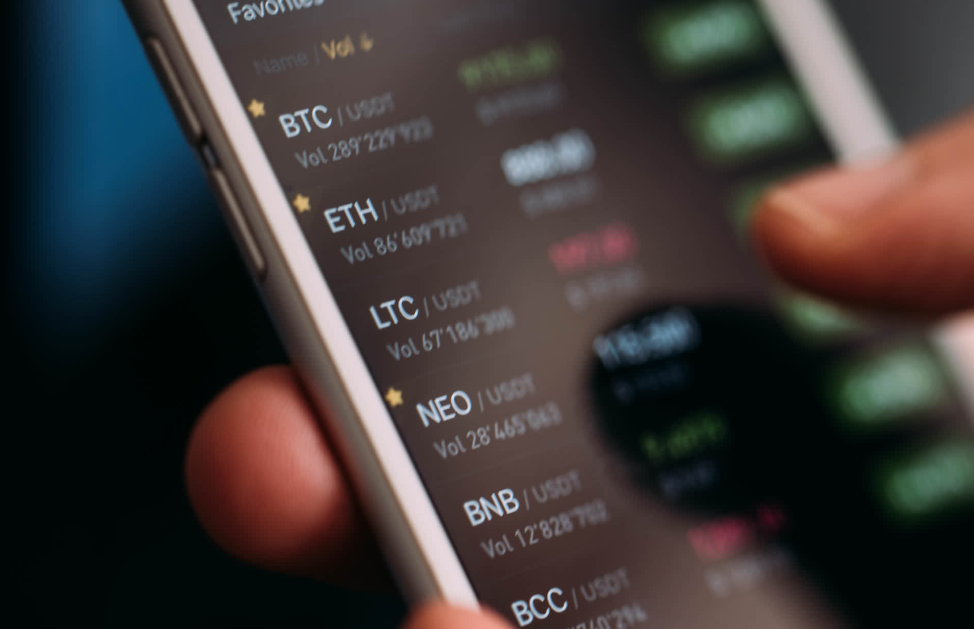The European blockchain and cryptocurrency market has experienced significant changes in recent years, driven by an acceleration in the introduction of tighter regulations related to crypto assets. As the regulatory landscape evolves, the European market is poised for further growth and development in the coming years. This article provides an overview of the current state of the European blockchain and cryptocurrency market, the impact of regulatory changes, and the future outlook for this dynamic sector.
The Evolving Regulatory Landscape in Europe
The European Union (EU) has been actively working towards establishing a clear and comprehensive regulatory framework for blockchain and cryptocurrencies. As a result, the region has seen an acceleration in the introduction of tighter regulations related to crypto assets, aimed at fostering innovation while ensuring consumer protection and financial stability.
The Markets in Crypto Assets (MiCA) Regulation
One of the most significant regulatory developments in Europe is the introduction of the Markets in Crypto Assets (MiCA) regulation. MiCA seeks to establish a uniform legal framework for crypto assets across the EU, providing clarity and certainty for businesses operating in the sector. This regulation aims to promote innovation, protect investors, and mitigate risks associated with money laundering and terrorist financing.
Anti-Money Laundering Directive (AMLD)
Another key regulatory milestone is the EU’s adoption of the 5th Anti-Money Laundering Directive (AMLD5), which extends anti-money laundering (AML) and counter-terrorism financing (CTF) rules to virtual asset service providers (VASPs). This directive requires VASPs, such as crypto exchanges and wallet providers, to adhere to stricter due diligence and reporting standards, promoting transparency and accountability in the European crypto market.
The Impact of Regulatory Changes on the European Market
The evolving regulatory landscape has had a profound impact on the European blockchain and cryptocurrency market, shaping its growth and development in several ways.
Market Consolidation and Compliance
As a result of the tightening regulatory environment, the European market has witnessed a trend towards consolidation and compliance. Businesses operating in the blockchain and cryptocurrency space have had to adapt to new regulations, resulting in a more mature and compliant market ecosystem.
Increased Institutional Adoption
The regulatory clarity provided by the EU has also fostered increased institutional adoption of blockchain and cryptocurrencies. As the risks associated with digital assets become more manageable due to regulatory oversight, institutional investors are more likely to enter the market, driving growth and investment in the sector.
Innovation and Development
The establishment of a clear regulatory framework has created a conducive environment for innovation and development in the European blockchain and cryptocurrency market. With increased legal certainty, businesses can confidently invest in research, development, and implementation of blockchain solutions across various industries.
The Future Outlook for the European Blockchain and Cryptocurrency Market
The European blockchain and cryptocurrency market is poised for continued growth and development in the coming years, driven by the evolving regulatory landscape and increasing market maturity. As the EU continues to refine and expand its regulatory framework, businesses operating in this space can expect further clarity and guidance, fostering an environment conducive to innovation and investment.
In conclusion, the European blockchain and cryptocurrency market is experiencing significant changes as tighter regulations relating to crypto assets are introduced. As the regulatory environment continues to evolve, the market is expected to grow and mature, paving the way for increased adoption, innovation, and development in the blockchain and cryptocurrency sector across Europe.





